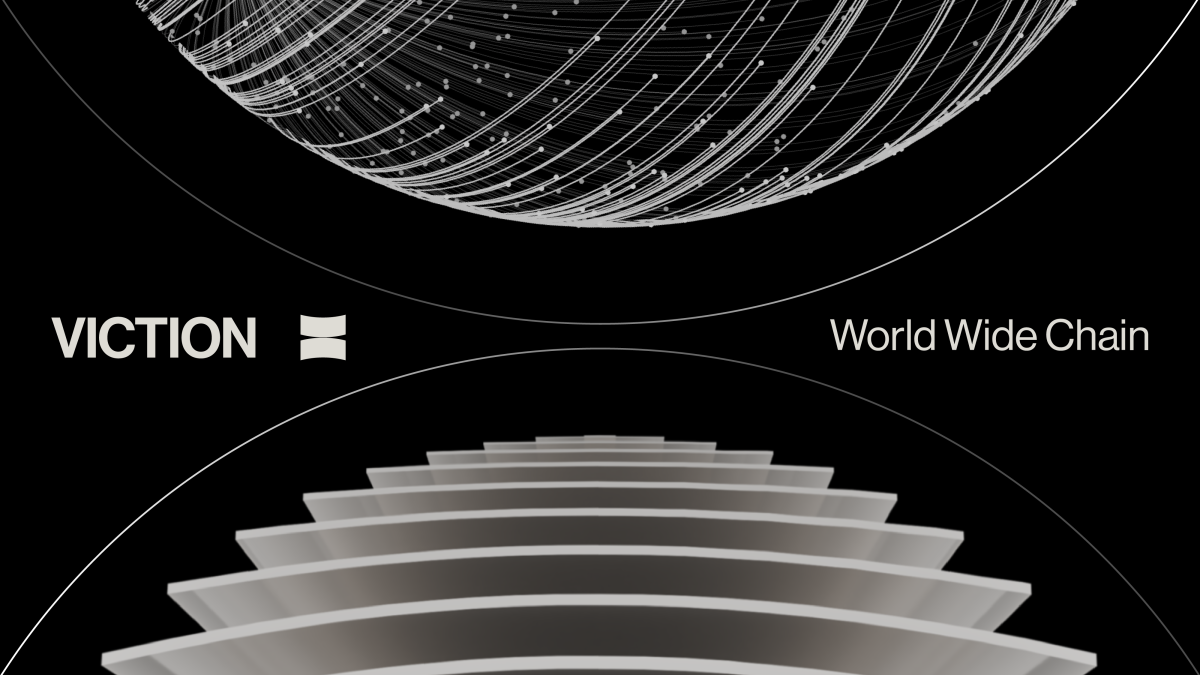The fields are alive with the sound of blockchain


What do you get when you link a bunch of satellite-connected micro sensors to groundwater and then beam that data to an IBM blockchain? I don't know, but it's "accurately monitor[ing] and track[ing] groundwater use in one of the largest and at risk aquifers in North America."
A project by the Freshwater Trust, IBM Research, and sensor builder Sweetsense aims to maintain groundwater aquifers by beaming and recording data on water use to a blockchain-based system. As you would expect, the blockchain is used primarily to ensure nobody fiddles with the data.
"The sensors will transmit water extraction data to orbiting satellites and then to the IBM Blockchain Platform hosted in the IBM Cloud. The blockchain will record of all data exchanges or transactions made in an append-only, immutable ledger. The blockchain also uses smart contracts, whereby transactions are automatically executed when the conditions are matched," wrote IBM in a release.
"Through a web-based dashboard, water consumers, including farmers; financiers and regulators will all be able to monitor and track the use of groundwater to demonstrate how sustainable pumping levels can be achieved through the trading of groundwater use shares in the State of California," the researchers wrote. "Individual users who require groundwater amounts beyond their share cap will be able to 'purchase' groundwater shares from users who do not require all of their supply at a market-regulated rate."
The team will begin reporting data from the Sacramento-San Joaquin River Delta, a 1,100 square mile delta that sends water to San Francisco and points south and supports hundreds of square miles of agriculture.
The team pioneered the process in Kenya and is now bringing it home to the U.S.
“By remotely monitoring groundwater use using our sensors, we’re able to help improve and maintain sustainable access to water supplies for people, farmers, and livestock,” said Evan Thomas, CEO of SweetSense. “Our research team at the University of Colorado will assist in modeling groundwater use through the sensor data and satellite detected rainfall and weather correlations.”
The real value here, obviously, is the methodology to create water swaps - one user can trade another for access to the aquifer. This lets a strawberry grower with a good crop trade some of her water with an almond grower downstream and, since the sensors will be able to tell just how much water is going in and out of the ground, it creates a unique opportunity for tracking a scarce resource on a blockchain. And that means better almond milk smoothies for all.
Photo by Edward Koorey on Unsplash.


